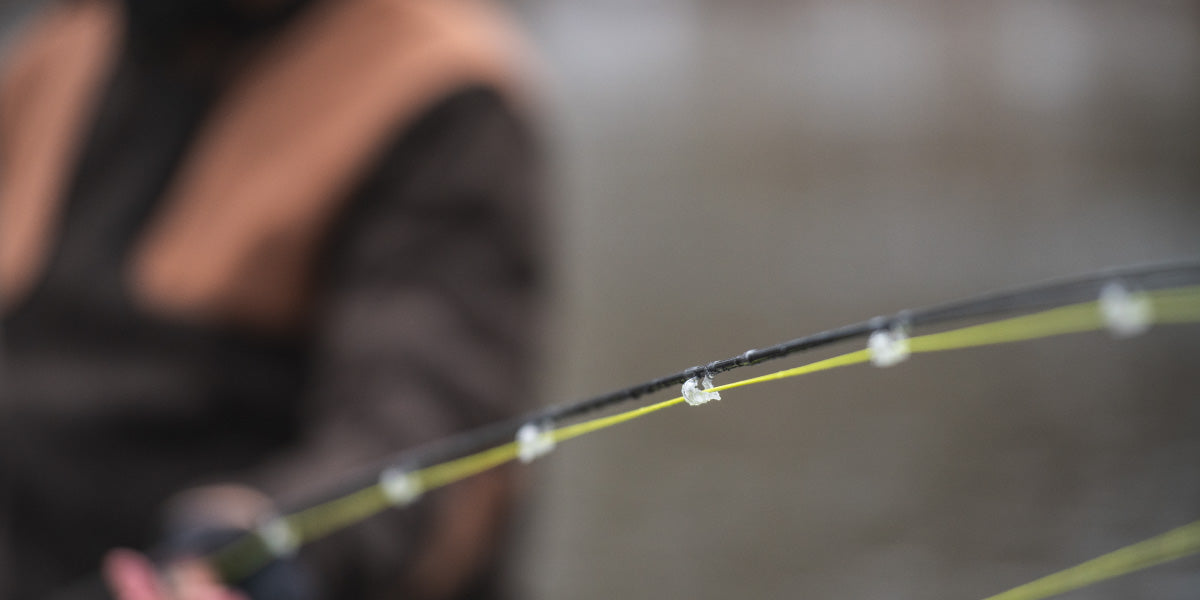As fall wraps us in its golden hues, as winter fishing enthusiasts we are already turning our eyes toward the cold season ahead. The southwest corner of Colorado, known for its majestic mountain vistas and rugged wilderness, offers some of the finest winter fishing opportunities in the country. When the chill hits the air and rivers freeze, anglers are drawn to the region’s tailwaters—streams and rivers flowing from dam-controlled reservoirs where water temperatures remain stable, creating great year-round fishing opportunities.
Why Tailwaters?
Tailwaters are a fisherman’s dream during the winter months because the conditions remain relatively consistent, even as temperatures plummet elsewhere. Unlike freestone rivers, which are affected by runoff and temperature changes, tailwaters provide a controlled flow of water that maintains a steady temperature, preventing ice buildup and keeping fish active.
In southwest Colorado, a variety of tailwaters remain fishable throughout the winter, including famed spots like the San Juan River and the Dolores River. These rivers are home to hearty populations of trout, making them prime destinations for anglers hoping to extend their fishing season well into the colder months.

Planning for Winter Fishing
Winter fishing comes with its own set of challenges, so preparation is key. We talked to our resident experts at VOORMI and grabbed their advice. Whether you’re targeting trophy trout in the San Juan or exploring smaller tailwaters, here are some critical factors to consider:
-
Layering Your Gear
The temperature may stay mild near the water thanks to the dam release, but winter in Colorado can still be harsh. Wearing the right gear is essential. Start with moisture-wicking base layers like the ultralight collection from VOORMI to keep sweat off your skin, followed by insulating mid-layers like our High-E and Sportsman's Two-Pocket Hoodie, and finish with a waterproof outer layer to shield you from the elements - we recommend the V1 jacket and bibs. Keeping your hands and feet warm with gloves and thermal socks is just as important, as cold extremities can cut a fishing trip short. We’ve got that covered too! -
Fly Selection
In winter, fish become slower and less aggressive, conserving their energy. This shift in behavior means that the typical fast-action summer flies won’t be as effective. Instead, focus on smaller nymphs and midges, which are abundant in tailwaters throughout the winter. Patterns such as Zebra Midges, Pheasant Tails, and WD-40s are reliable choices. Don’t forget to carry some winter dry flies like the Griffith's Gnat in case of surface activity during warmer parts of the day. -
Slow and Steady
The winter cold causes fish metabolism to slow down, meaning they won’t chase your fly as eagerly as they do in the warmer months. A slow and deliberate presentation is key to success. When nymphing, make sure to focus on deep pools and slower runs, where fish tend to conserve energy. Be patient and let your fly drift naturally through the water—many strikes are subtle, and maintaining a steady hand is crucial.
Best Tailwaters in Southwest Colorado
San Juan River
The San Juan River, known for its crystal-clear water and consistent flows, is one of the most iconic tailwaters in the Southwest. Starting below Navajo Dam, this stretch of the river is home to large rainbow and brown trout that remain active year-round. The river’s controlled flow ensures steady fishing conditions, making it an ideal spot during the winter months. Anglers come from across the country to try their hand at landing one of the San Juan's legendary “football” trout—large, healthy fish that are more easily spotted and fished during the clear, crisp days of winter. This river is a great outing for any family affair.
Dolores River
Below McPhee Reservoir, the Dolores River flows as a small but mighty tailwater fishery. Winter anglers appreciate the solitude found here, away from the crowds of more well-known rivers. The cold months bring lower angler traffic, giving you a more intimate experience with the river and its abundant wild trout population. This tailwater remains fishable even during the coldest months, with deep pools and slow-moving runs that are perfect for nymphing.
Note: The Animas River, a freestone, offers good fishing year-round, with the best conditions on warmer days. If you can't reach one of the two tailwaters mentioned above, the Animas is still a solid option.
Timing is Everything
While tailwaters are more reliable than freestone rivers in winter, timing your trips can still make a significant difference in your success. On sunny days, the fish tend to be more active, taking advantage of the warmth, even if slight. Look for opportunities when weather conditions allow for easier access to the river. Keeping an eye on water flow reports is also essential—higher releases from the dams can affect fish behavior, so plan your fishing days when flows are stable or on the lower side.
Winter fishing in southwest Colorado's tailwaters is an experience like no other. Between the breathtaking landscapes and the thrill of landing trout in the depths of winter, it’s a season no dedicated angler should miss. While others pack away their gear until spring, you’ll be out enjoying peaceful, productive days on the water. So grab your VOORMI gear, tie on a midge, and get ready for a winter adventure in one of the most beautiful places on Earth.

